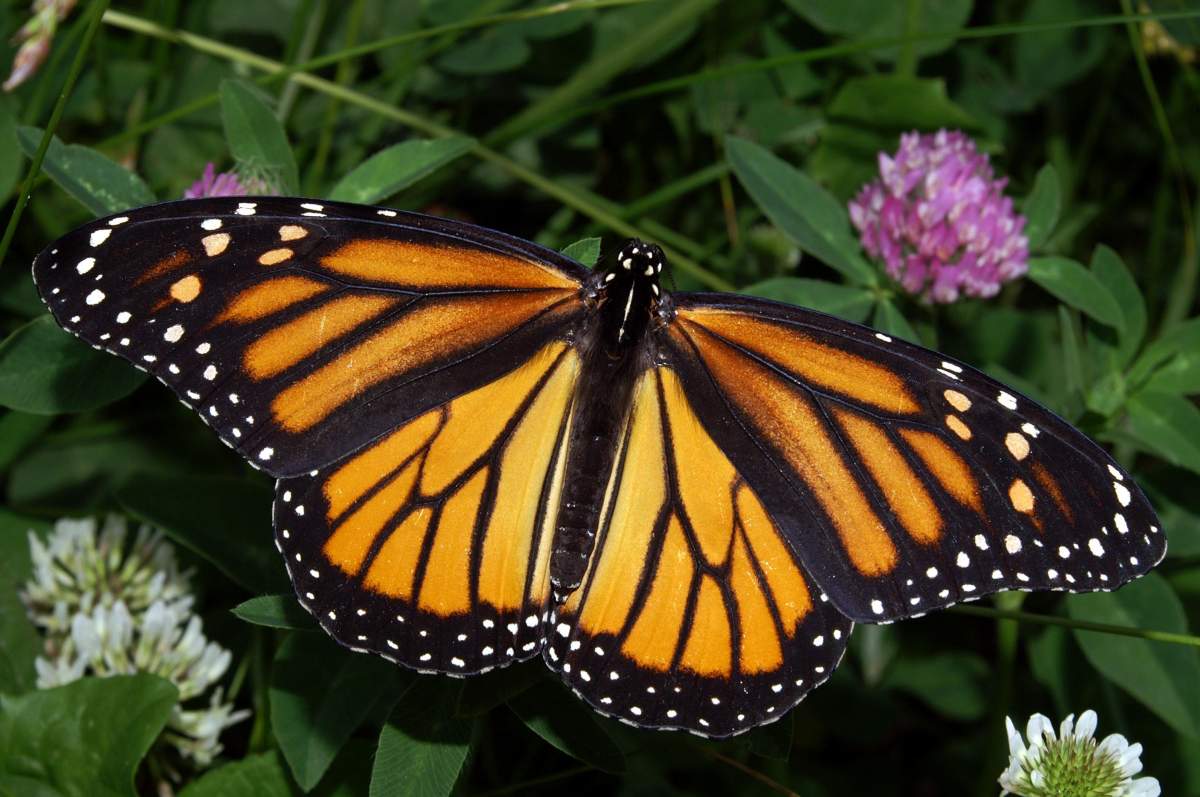
Monarch butterflies have been declining in numbers over the last 20 years. Researchers who study the sites where eastern North American populations spend their winters in Mexico have noted an 84% decline in numbers. If the trend continues, some researchers believe this population might go extinct.
However, even if monarchs disappear from eastern North America, there are also monarch populations in western North America, central America and other places. The species as a whole isn't close to extinction.
In 2018 a team of American researchers published a study implicating several factors in the monarch's decline.
Monarch caterpillars eat just one plant: milkweed. They've evolved a special tolerance for the toxins it produces. But milkweed plants are declining due to the use of glyphosate herbicides on agricultural fields. Corn and soy have been genetically engineered to resist these herbicides. Milkweed hasn't. Development has also wiped out milkweed habitat.
Since 2015 the United States Fish and Wildlife Service has been working to restore eastern monarch habitat. The project restored 250,000 acres of milkweed in its first year alone.
The researchers found that global climate change was also taking a toll on the butterflies. Other scientists have noted a more general and dramatic decline in insect biomass due to human impacts.
Sources And Further Reading
- Panko, B. West Coast Monarch Butterflies Flutter Toward Extinction. Smithsonian.com, September 8, 2017.
- Thogmartin, W. E., et al. (2017). Monarch butterfly population decline in North America: identifying the threatening processes. Royal Society Open Science. 4 (9).
Â









